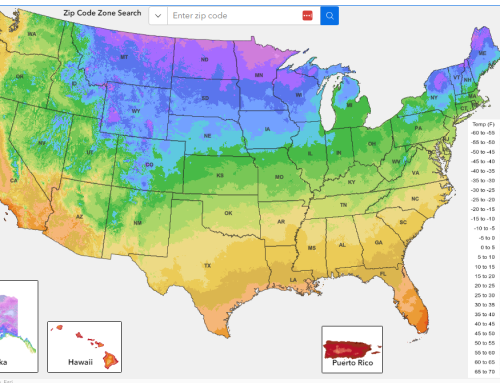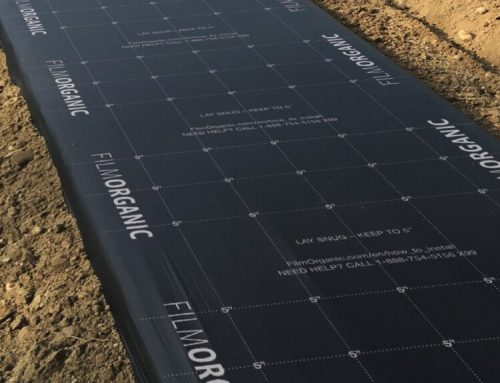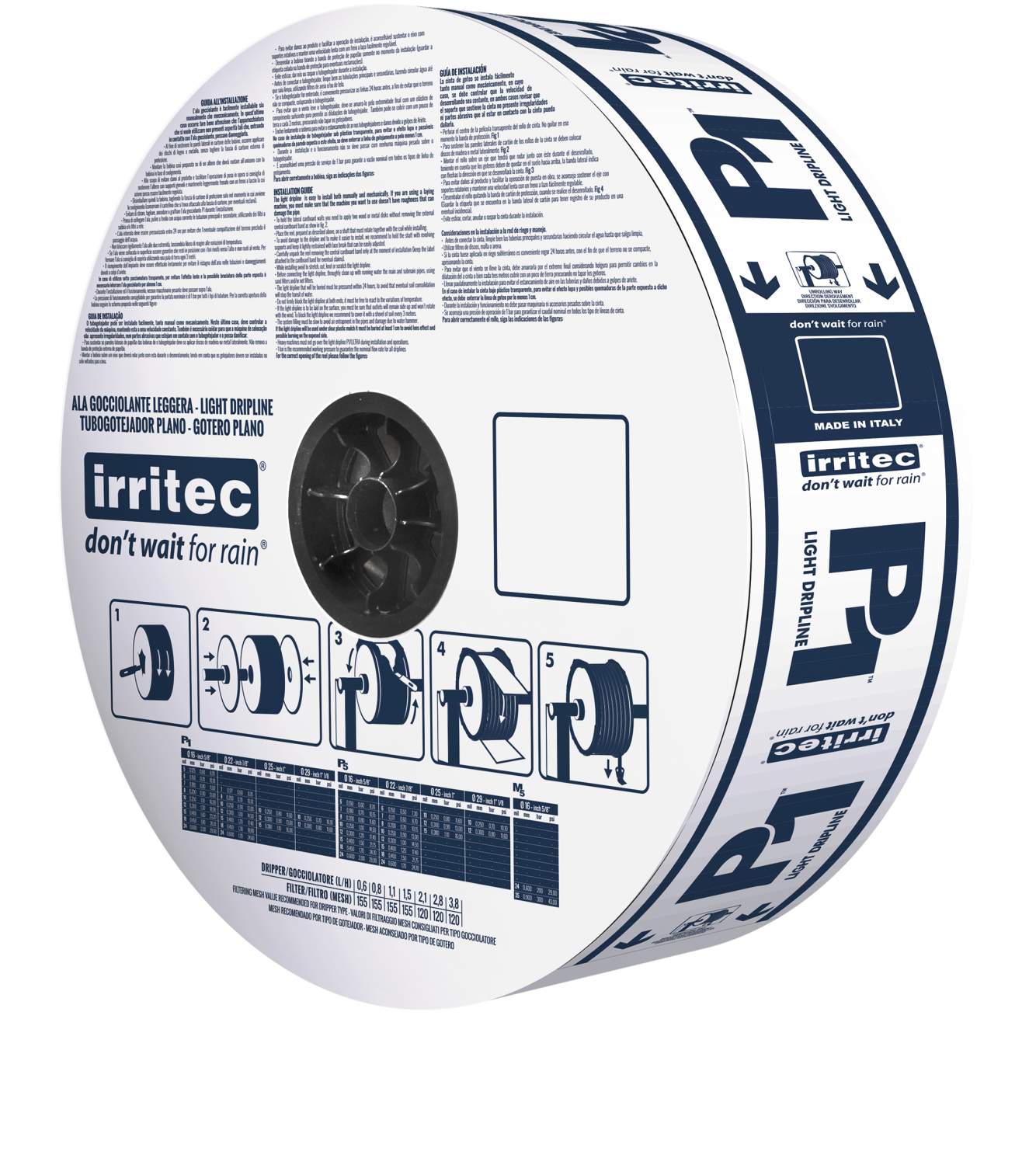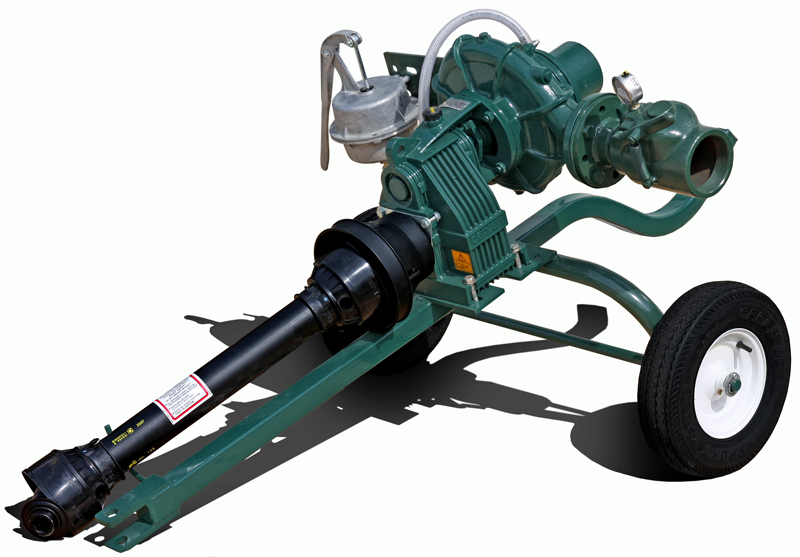I am currently reading The Code Breaker: Jennifer Doudna, Gene Editing, and the Future of the Human Race written by Walter Isaacson. The Code Breaker is a compelling account of how Nobel Prize winner Jennifer Doudna and her team unlocked technology that allows scientists to edit the structure of genes, leading to the ability to cure disease and conquer viruses. Until I read “From Pharma to Farm: Can CRISPR Feed the World?“ , it never occurred to me that we could apply the same technology to modify crops for a changing world.

Crops for a changing world
“But CRISPR is poised to make an even broader impact on the world. Far from being limited to modifying the genomes of human cells, CRISPR is quite capable of modifying the genomes of plant cells.”
“How is improving plant traits with CRISPR technology different from doing so with the conventional methods of genetic mutagenesis used in plant breeding? “It adds precision to the toolbox,” Doudna says. Plant breeding with chemical mutagens, for example, has relied entirely on introducing random changes into plant DNA. In addition, it is difficult to make multiple changes in a plant at the same time, which means multiple rounds of manipulation—each one adding to the risk that undesired changes will occur. CRISPR technology removes that randomness, offering precise alterations to specific DNA sequences—either one at a time, or multiple changes in a single experiment.”
To learn more about this fascinating application of technology into the farming community, read From Pharma to Farm: Can CRISPR Feed the World?






